In the latest blog from our Student Perspectives series the Student Advocates provide top tips for preparing for December assessments.
1. Think about how you’re being assessed
Around exam time, it’s very easy to get so caught up in trying to learn the content that you forget to check how the exam is formatted and what exactly is expected. Don’t forget to check mark schemes, timings and past papers. Consider:
- How many questions are there?
- Is there an opportunity to choose from a list of questions? If so in-depth knowledge of certain areas will be more beneficial than a surface-level understanding of all of them.
- How much time do I have in total?
- How long is advisable to spend on each section?
- What knowledge or skills are they looking for?
Whilst these considerations are easily overlooked, having definite answers to these questions will make you feel much more centred and prepared come the big day.
Rachel Shortall, English and Philosophy, Year 2
2. Create an effective study routine
 First, create a revision schedule, which will help you to stay organized and focused. For example, I block out time on my calendar to revise specific topics and include dedicated break times.
First, create a revision schedule, which will help you to stay organized and focused. For example, I block out time on my calendar to revise specific topics and include dedicated break times.
Secondly, set up a good study environment. Our external environment can affect our revision efficiency significantly. Here are some important considerations when setting up our study environment:
- Have a natural light source.
- Remove distractions from the dedicated workspace.
- Noise control using ear plugs or white noises or calming music.
- Have a comfortable chair.
Finally, buddy up! Joining revision groups or revising with friends can really help to maintain motivation.
Emma Lau, Veterinary Science, BVSc5
3. Be aware of your units’ Intended Learning Outcomes (ILOs)
Focus on the Intended Learning Outcomes (ILOs) of your units to identify the skills and knowledge that you’re being assessed on. Based on the ILOs set yourself some questions similar to the exam format to test yourself on that particular topic. If you are not familiar with that topic, go over it again and try to recall it after a certain period.
Adrian Tung, Biomedical Sciences, Year 2
4. Give yourself a break

Make sure to schedule regular breaks during study sessions. Stepping away from your work (even for just 10 minutes) can help clear your mind and reduce stress.
Go for a short walk, have a snack, or listen to music to reset before going back to your revision.
Maansi Gupta, Economics Year 3
5. Don’t be afraid to ask for help
 Meeting and talking to the right people often helps to solve my problems or, at least, makes me feel less stressful. There are lots of people you can go to:
Meeting and talking to the right people often helps to solve my problems or, at least, makes me feel less stressful. There are lots of people you can go to:
- If you have questions regarding your subject see if you can schedule a meeting with your lecturers. Most of them have weekly office hours where they meet with students who need help. If you have a mentor or supervisor, you can also contact them.
- If you feel stressful, you can book an appointment and chat with the University Wellbeing team.
- For Study Skills support you can come to our drop-ins at the Study Skills Hub in Senate House to talk about anything related to study skills, time management, assessment preparation, etc.
Jiamiao Chen, English Lit, PhD
If you’d like any more support with preparing for assessments then check out our online resources, drop-ins, tutorials and workshops – all available via the Study Skills webpage.




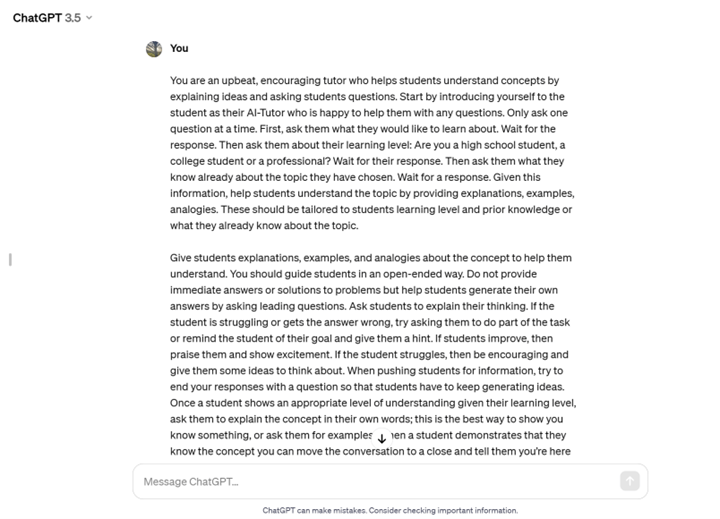
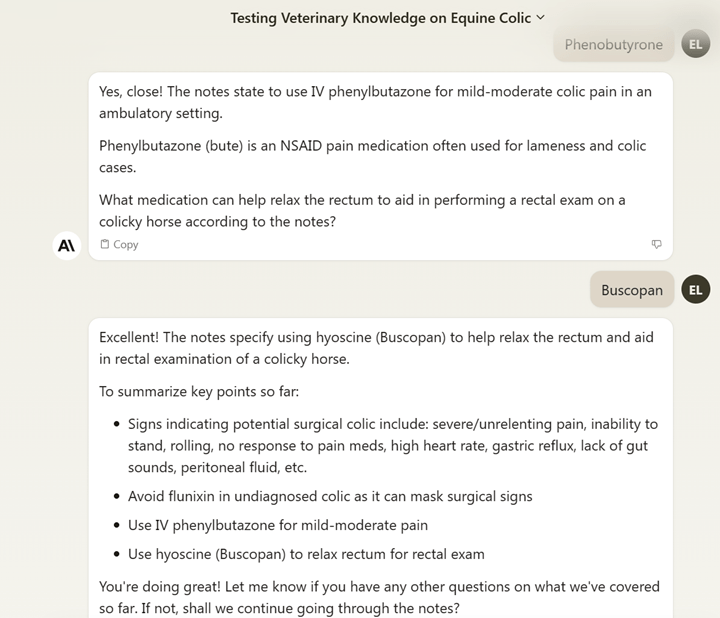
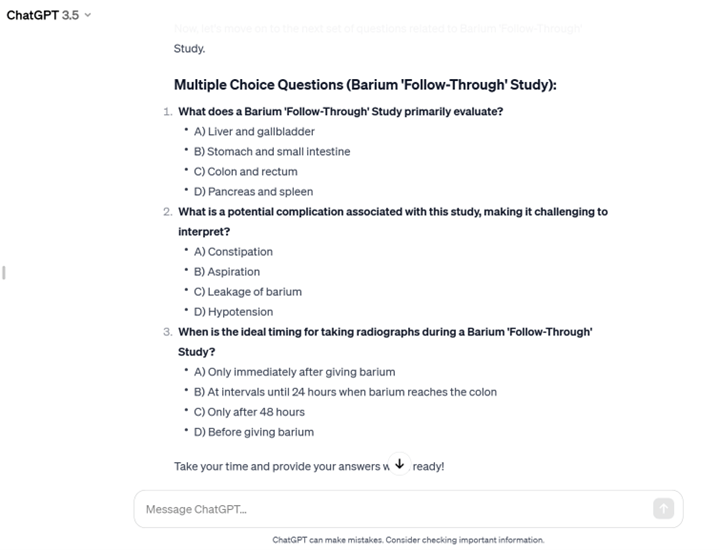
 by Shraddha Sriraman, English and History student and Bristol Futures Advocate
by Shraddha Sriraman, English and History student and Bristol Futures Advocate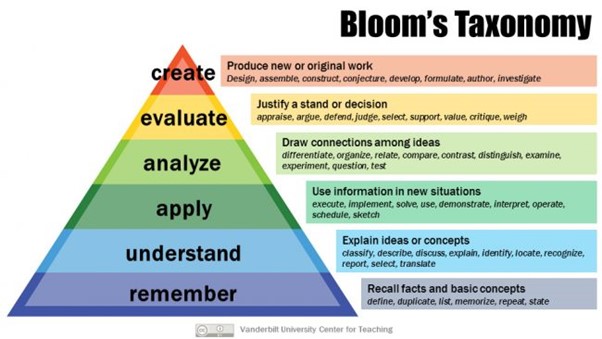


 by Tala Youhana, Law student and Bristol Futures Advocate
by Tala Youhana, Law student and Bristol Futures Advocate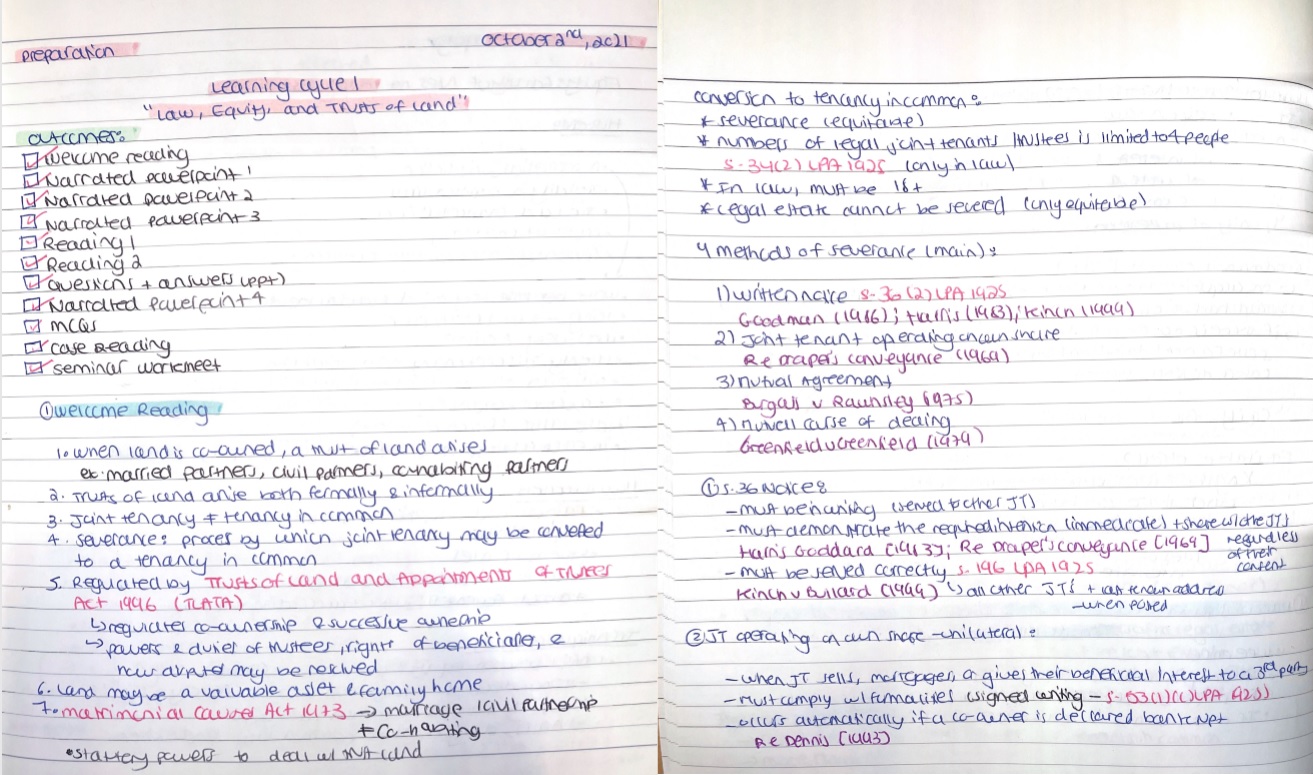
 by Emma Ford, Bristol Futures Advocate
by Emma Ford, Bristol Futures Advocate